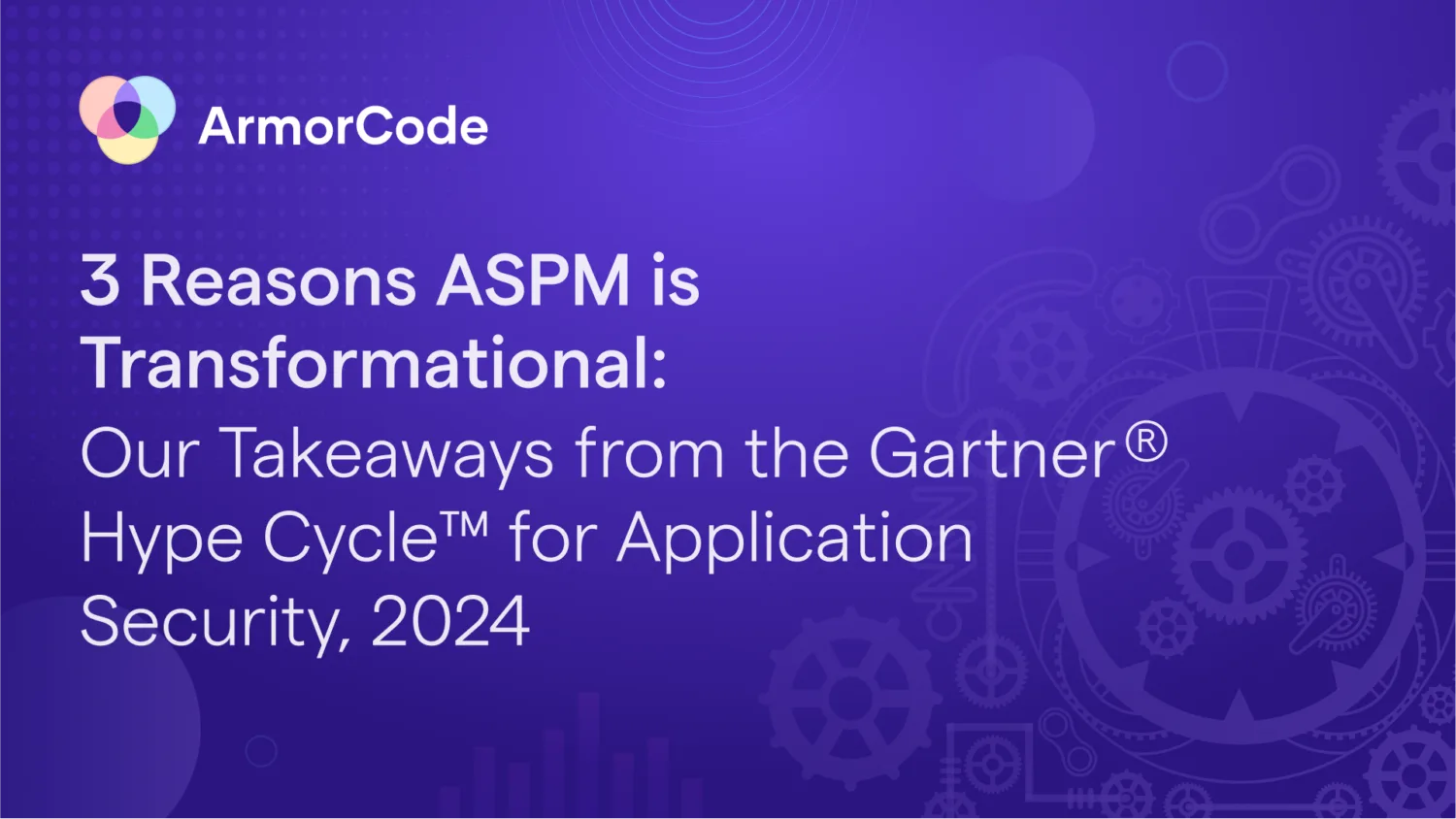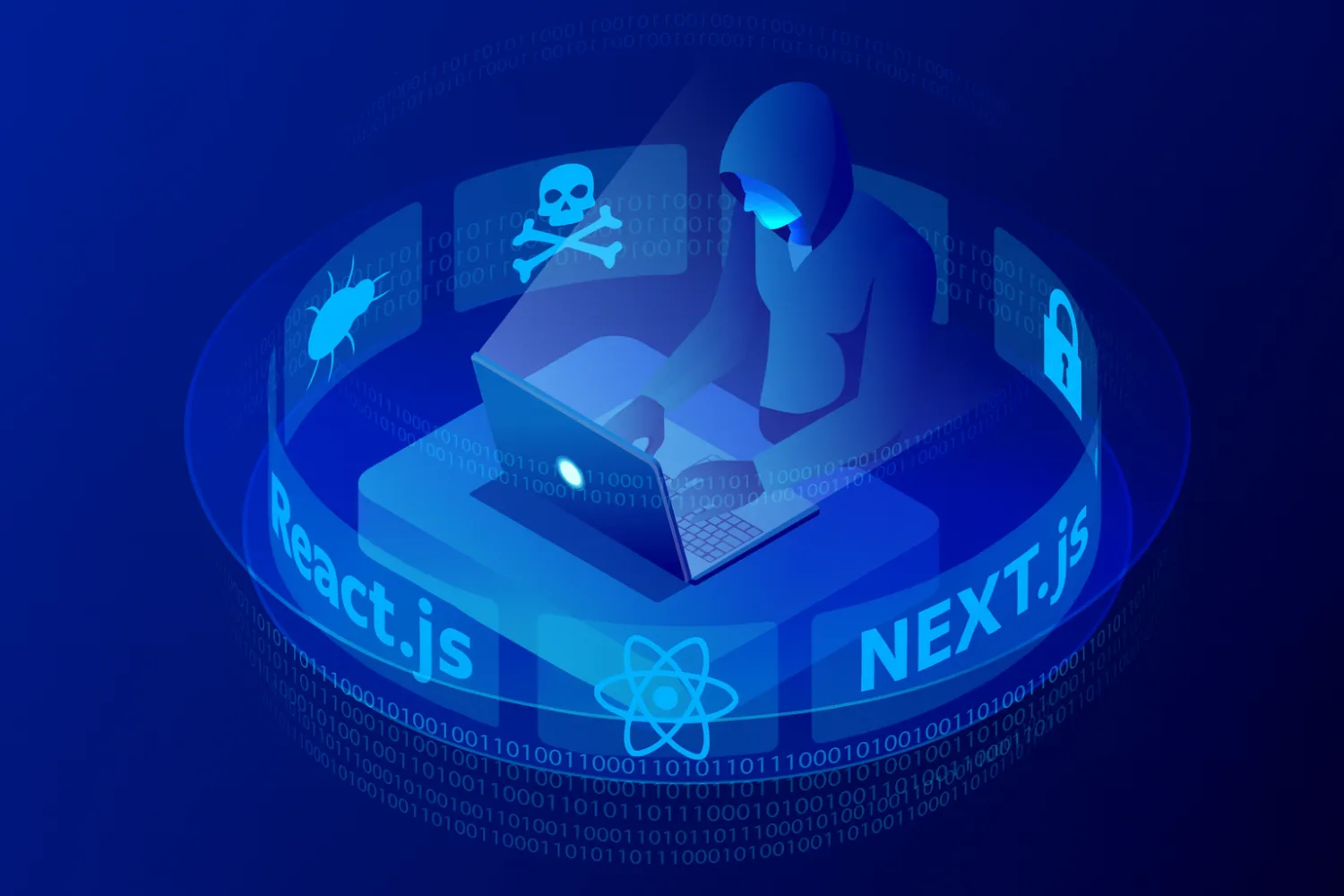3 Reasons ASPM is Transformational: Our Takeaways from the Gartner® Hype Cycle™ for Application Security, 2024

The Application Security landscape is evolving faster than ever. Prioritizing and successfully adopting the right solutions is essential to combat emerging threats and position organizations for future resilience. The Gartner® Hype Cycle™ for Application Security, 2024 provides comprehensive insights into AppSec technologies and recommendations that we believe deserve a full read which you can explore by downloading the report.
The persistent challenge organizations face navigating the complexities of modern application security is a consistent theme throughout the report. While proactive security controls have matured, emerging technologies and expanding attack surfaces – most notably cloud-native development and artificial intelligence (AI) – stress legacy technologies and manual processes. In the report, Gartner calls Application Security Posture Management (ASPM) a Transformational solution and recognizes ArmorCode as a Sample Vendor.
Here are three takeaways we believe elevate ASPM as a transformational solution.
DevSecOps Complexity Exposes the Need for Application Security Posture Management (ASPM)
As DevSecOps matures and organizations increasingly adopt a shift-left approach, the need forASPM becomes evident. DevSecOps integrates security practices early in the development lifecycle, fostering continuous and iterative improvements. However, security testing and checks threaten to create friction in the development process and slow velocity. According to Gartner, “Incorrectly implemented, siloed and cumbersome security testing is the antithesis of DevOps. Due to this, developers believe security testing tools are slowing them down.”
ASPM has emerged as a solution to mitigate this friction and propel DevSecOps success. Gartner analysts write, “Emerging application security posture management (ASPM) tools help provide more context to identify, prioritize and remediate application security issues in DevOps environments.” Even as new security needs emerge and DevSecOps practices evolve, ASPM ensures that organizations can consolidate and convert security data into clear risk-based priorities and optimize remediation efforts within their secure SDLC processes.
ASPM Unifies Visibility and Converges Security Silos
Application security and infrastructure vulnerability management continue to converge, especially as cloud-native technologies blur the lines between traditionally discrete security layers. Navigating this convergence requires a unifying solution to wrangle findings across siloed security tools and bring fractured data into focus by correlating code analysis with runtime findings. Gartner recommends that organizations position for this convergence, writing, “Favor offerings that can link scanning in development to correct configuration, visibility, and protection at runtime.”
ASPM enables this unified approach. This is especially true as new threats emerge which require organizations to incorporate new security controls from various vendors. For example, cloud-native application protection platforms (CNAPP) aim to secure the full cloud-native application lifecycle, but according to Gartner, “There is no single CNAPP offering that does everything.” This and the continuing need to support and secure on-premises applications elevate ASPM as an enabling solution that can unify the pieces and parts of a complete security solution provided by multiple vendors. Gartner recommends, “Prioritize ASPM in organizations with diverse development teams and a wide assortment of security tooling.”
ASPM Enables Security-for-AI and AI-for-Security
Gartner prefaces its Hype Cycle with the following strategic assumptions:
- “Through 2025, generative AI (GenAI) will cause a spike in cybersecurity resources required to secure it, causing more than a 15% incremental spend on application and data security.”
- “By 2026, 40% of development organizations will use the AI-based autoremediation of insecure code from application security testing vendors as a default, up from less than 5% in 2023.”
These strategic assumptions reflect the double-edged nature of AI. The first is that AI will introduce new security threats and needs. This can be thought of as security for AI. The second is that AI will be an enabling technology to improve security outcomes at speed and scale. This can be thought of as AI for security.
ASPM is an enabling solution for both.
Starting with security for AI, while AI seems novel, the patterns of its adoption and security are not new. New technology emerges. Expectations and excitement drive adoption. Adoption outpaces security. Risks manifest and temper excitement. New security controls and governance layers emerge to address those risks… And new tools add layers of complexity to compound an already tangled web.
As AI tools become more integrated and influential, security checks and guardrails are required to mitigate risks from model poisoning, prompt injection, data leakage, and other threats. Once again, organizations will require new tools to defend against new threats. To be successful, they will also need to integrate those technologies into established processes. ASPM empowers organizations to achieve this. ASPM solutions position organizations to readily adopt and integrate additional security controls and manage findings from those controls in a unified and risk-based manner. This in turn enables organizations to rapidly and securely adopt new technologies like GenAI and whatever inevitably comes next.
In parallel with the risks, AI also stands out for its potential and promise as a solution for security. Many factors from the speed of development to the proliferation of vulnerabilities have contributed to the growing security gap as security teams struggle to keep pace. AI gives cause for optimism by empowering security teams with capabilities to match the speed and scale of modern application development. One example is the advent of AI-powered secure coding assistants (ASCAs) to aid developers in remediation and mitigation. Another is the advancement of AI data fusion within ASPM. By aggregating and analyzing data from multiple sources, ASPM solutions can apply machine learning to correlate noisy findings into a clearer, more accurate, and more actionable assessment of security posture and risk. Even as AI introduces security challenges, those are balanced by the promise and early successes of AI-powered solutions – including AI-powered ASPM – to alleviate overwhelmed security and development teams and make security more manageable.
Through the Trough: ASPM Best Practices
Gartner predicts ASPM will mature rapidly over the next 2-5 years and recommends organizations evaluate ASPM offerings to modernize their application security and address the challenges and increasing complexity of software risk management. Gartner writes, “ASPM continues to evolve and mature to address this challenge, by offering capabilities to continuously prioritize vulnerabilities based on risk and orchestrate their remediation.” Navigating the successful adoption and maturation of ASPM requires organizations to align solutions to both present and future security needs. Below are some considerations to keep in mind.
Ensure Full-Stack Coverage
Among the ASPM obstacles, Gartner cautions, “Some vendors offer integration exclusively with either development or operations security tools. This presents a barrier to delivering a “full stack” view of an application’s security risks. Progress to more broadly integrated products is evident.” We believe this echoes the convergence of application security and infrastructure vulnerability management and advocates for solutions that deliver comprehensive coverage across application security testing tools and infrastructure vulnerability management scanners.
Support security beyond cloud-native development
While cloud migration and cloud-native development are leading drivers for security investments, supporting on-prem and legacy applications is essential for a cohesive and complete security posture management solution. Gartner recommends, “Evaluate support for legacy applications, since many offerings focus on cloud-native applications.”
Optimize investments for your current and future security ecosystem
Consider how an ASPM solution fits into current tools and supports the continuous evolution and maturation of the security ecosystem. For organizations with homogenous testing environments, ASPM capabilities from their sole or primary testing vendor may be a good option. For non-homogeneous environments with multiple testing vendors and solutions, specialized tool-agnostic ASPM solutions deliver a unified platform experience with the flexibility to choose and change tools to best fit current and future needs. This also supports the emerging need to integrate tools for AI governance and guardrails into the secure application development lifecycle.
Leverage Gartner Insights to Inform Your Strategy
Application security is a rapidly evolving space. Staying ahead of the latest threats requires organizations to keep up with innovation and embrace transformational technologies like ASPM. GartnerⓇ Hype Cycle™ for Application Security, 2024 delivers valuable insights into the trends and technologies shaping the application security space. To get the full picture and inform your strategic priorities and investments, download the research now.



